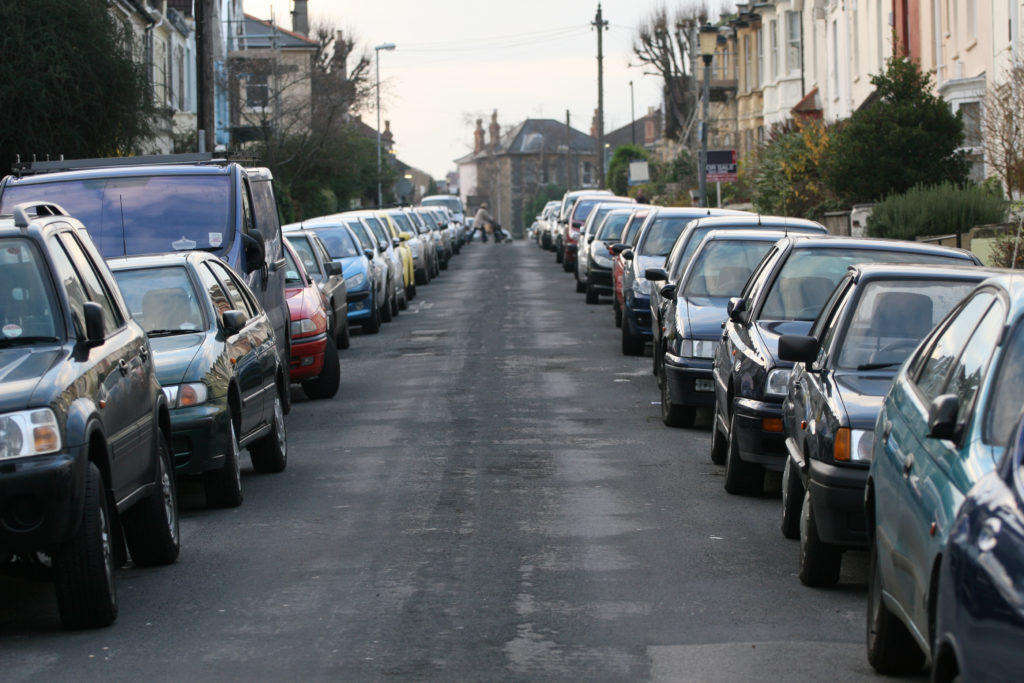Defining Commercial Vehicles in an HOA


Our homeowners association covenants, which are decades old, allow two cars per household and no commercial vehicles. Over the years, the demographics in our community have changed, and we now have more blue-collar residents who own their own businesses. We also have police officers with patrol cars and EMTs with an ambulance living here. How should we define commercial vehicles?
Where a word or phrase used in a homeowners association’s declaration is not defined in the covenants or by statute, a board has broad discretion to adopt rules that explain how the provisions of the covenants will be applied.
If there are no community rules that define what constitutes a “commercial vehicle,” it is likely that a court would apply the Maryland statutory definition of “commercial motor vehicle” that is described in the requirements for obtaining a commercial driver’s license. Under that definition, a commercial vehicle includes any vehicle with a gross weight rating of at least 26,001 pounds; a vehicle designed to transport 16 or more passengers; or any size vehicle used to transport hazardous materials. Excluded from the statutory definition are fire and rescue vehicles with audible and visual signals.
However, homeowners association rules can establish a more or less restrictive standard as to what “commercial vehicles” are prohibited. An expansive restriction would bar any vehicle used primarily for business or other non-residential purpose regardless of the size or appearance of the vehicle. A narrower interpretation could be adopted by describing specific features of vehicles that aren’t allowed.

In communities where parking is limited, the main concern is the size of the vehicle rather than its appearance. Commercial vehicles of a certain width or length that do not fit in a parking space could be prohibited. Other communities are more concerned with the size and placement of commercial signage and the display of additional tools and equipment on the vehicle. Rules can address these factors. If police and rescue vehicles are allowed, the rules could exempt these vehicles from the “commercial vehicle” definition.
As with all community rules, it’s important to adopt a clear, objective standard so all residents know exactly what vehicles are prohibited. The rules should be enforced uniformly and consistently.
If the goal is to allow all commercial vehicles regardless of size and appearance, the covenants should be amended to eliminate the ban.
HOAresources.com explores questions and comments from community association members living in condominiums, homeowners associations, and housing cooperatives. We then assemble trusted experts to provide practical solutions to your most commonly asked, timely questions. We never use real names, but we always tackle real issues. Have a question or comment about your community association? Submit here for consideration:
Join CAI’s online community for access to the industry’s most in-demand community association resources.
Thousands of your peers are sharing advice.
Laura Otto is the Senior Editor of Digital Content at CAI. A seasoned journalist, Laura previously worked for a creative, advocacy agency in Washington, D.C., where she wrote and edited content for a variety of public health clients. Prior to that, Laura served as a senior writer and editor for the George Washington University School of Medicine and Health Sciences. Laura is a graduate of Temple University in Philadelphia.